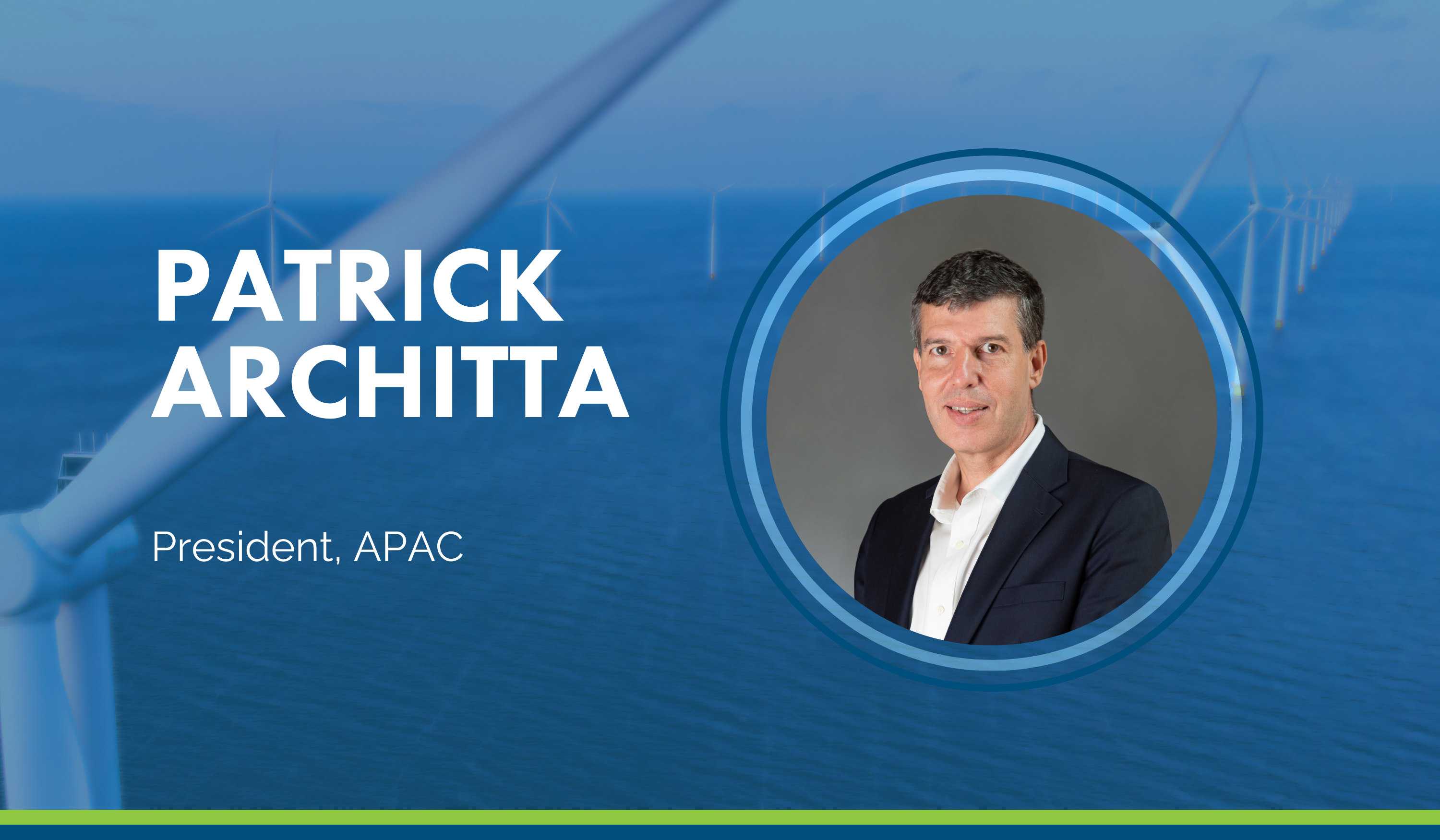
Hybrid Strategies are Key for Southeast Asian Renewables
With SE Asia looking to boost its renewable energy in 2024, attention will need to turn to the potential of hybrid projects in maximising production.
Hybrid projects are set to play a pivotal role in Southeast Asia’s renewable energy market in 2024, as both governments and businesses recognise the potential of combining energy sources to maximise production.
According to K2 Management, a leading energy transition project management and engineering consultancy, hybrid projects will become an increasing part of the renewable energy mix in SE Asia, as developers and investors look to overcome limitations in export grid, and stabilise revenues.
Despite SE Asia boasting vast renewable energy potential, some markets have lagged behind owing to policy uncertainty that has hampered longer term investment. However, this has prompted some developers to turn to hybrid power generations that combine conventional sources. By diversifying the energy mix in specific locations, it becomes possible to increase revenue. This has resulted in a noticeable uptick in hybrid projects across the region.
Commenting on the opportunity for hybrid projects in SE Asia, Patrick Architta, President, K2 Management Asia Pacific, said: “In the case of the Philippines, the country boasts excellent wind resources for both onshore and offshore projects, yet much of this potential remains untapped. The main challenge lies in the necessity to modernise existing infrastructure which currently poses a barrier to a number of projects and deters investors. This includes the availability of transmission lines. The government is actively working to facilitate the modernisation of transmission and distribution lines, aligning with the goals outlined in the Philippines Energy Plan from 2020 to 2040.”
“This challenge is evident in a project situated in the Philippines, where the wind farm was in a prime location but incurred high costs due to its considerable distance from the transmission lines. Faced with the challenge of wind energy curtailment, companies explored the option of turning it into a hybrid project by integrating batteries to capture the excess energy. However, this alone didn’t resolve the transmission costs. Instead, by combining the project with solar, it accounted for the fixed costs incurred by long-distance transmission lines, doubling the revenue stream.”
When investing in an energy project, all parties involved seek to minimise uncertainties and challenges. Since hybrid projects integrate multiple energy sources from the outset or in various phases, they offer the potential to overcome and reduce risks often associated with projects. This includes:
Development: The main challenges in the development phases often revolve around permitting. By combining wind, solar, and battery on the same site, many administrative steps and studies can be shared, streamlining the process.
Accesses and connection: A hybrid project can share grid connections, transmission lines, and dedicated substations across the entire site, reducing the investment per megawatt. Additionally, access roads and maintenance facilities can be used for multiple projects, further optimising resources.
Diversify sources of energy: The ideal hybrid project is one where solar energy is produced during the day and wind energy during the night. By mixing various energy sources, the project can reduce forecast deviations in production making it more reliable and resilient.
Patrick continued: “Hybrid projects are gaining momentum across the region, with ambitious plans underway, and we can expect this trend to continue throughout the year. Malaysia aims to construct SE Asia’s largest solar hybrid facility, while Thailand is developing a floating solar farm with a combined capacity of more than 2.7GW by 2037. While hybrid projects demand a clear understanding of local grid management and the interplay of resources, they present the opportunity to maximise energy production. This is made possible by understanding the potential of diversification of revenue from the hybridization of projects, enhancing both the financial returns and overall energy output on a given project.”
For more information, visit:




